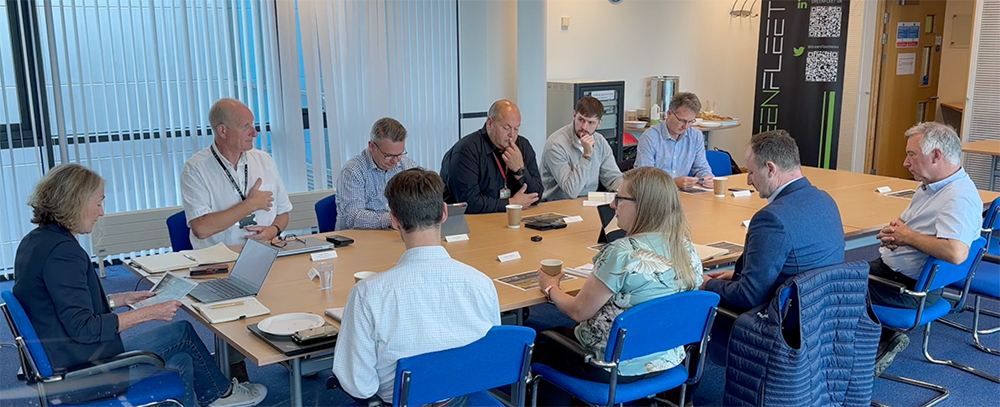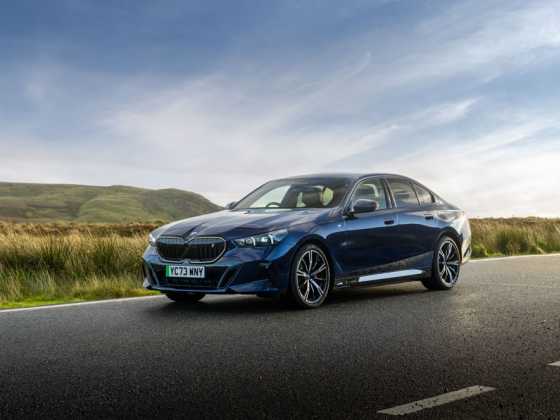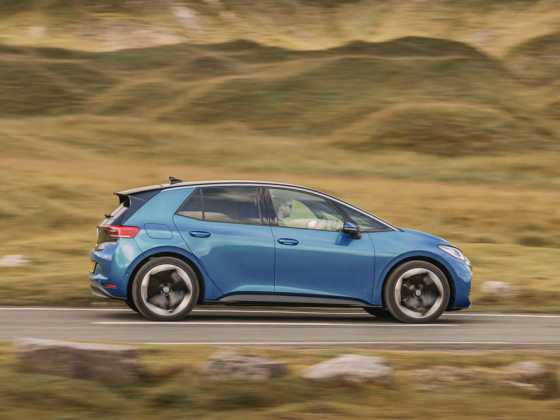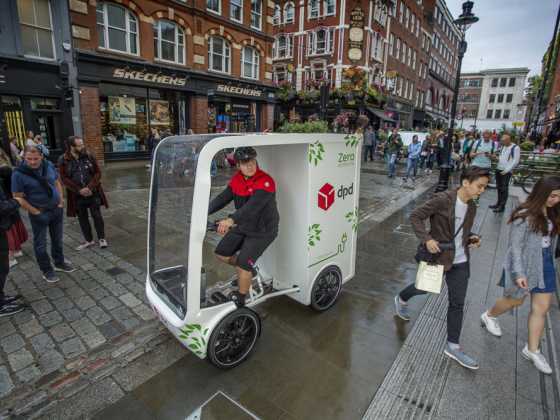Road to Zero Roundtable series travels to Wales

GreenFleet’s roundtable at Baglan Bay Innovation Centre, kindly hosted by Neath Port Talbot Local Authority in Wales, got into the detail of energy strategies, delivering public charging infrastructure and the imminent public sector ULEV targets
GreenFleet’s most recent roundtable took place in Wales and was kindly hosted by Nigel Morris of Neath Port Talbot Local Authority at the Baglan Bay Innovation Centre.
Participants included telematics experts Quartix, who were happy to be on home territory, and charging infrastructure specialists PlugMeIn.
Every roundtable is different and Cymru did not disappoint; we got into the detail of energy strategy, delivering public charging infrastructure and the imminent ULEV targets.
2025 is getting close
Back in 2018, the Welsh Government set the ambitious target that all public sector fleets should be 100 per cent ultra low emission by 2025. But as the deadline is approaching, some local authorities feel powerless to achieve this goal.
Mark Barrow, from Swansea Council is frustrated that weaknesses in the supply chain have set back their ambitions by three years.
Richard Jones, procurement and contracts manager at Cardiff County Council agrees: “The strategy is okay, but delivering is the real struggle,” Richard comments.
Public & private sector collaboration is driving infrastructure strategy
Steve Ward from Transport for Wales (TfW), the organisation tasked with developing the public charging network in Wales, spoke about the various challenges, for example, finding suitable rural locations, lack of power, and the ongoing management and maintenance of the infrastructure.
Based on this experience TfW has refocused their role and approach for developing public charging infrastructure. They are acting as a facilitator, bringing together key stakeholders from public and private sector and sharing best practice. Where necessary TfW will address barriers such as grid connections and under-utilisation.
TfW has also set up two groups: a Charge Point Operator Group, which supports with business models and procurement; and the Connections Group, which engages with the distribution system operators (SPEN, NG Energy Distribution) to obtain data and understand geographic grid constraints.
Steve reported that the private sector is rising to the challenge with over 30 representatives attending a recent TfW engagement event. To support local authorities, TfW has also developed a package of support measures including knowledge sharing and mapping tools. They are also considering a crowd sourced map that allows hosts (such as hotels, air BnB owners etc) to volunteer their land for CPOs to install chargepoints.
We discussed the value of other data sources including Quartix vehicle and routing data to layer onto the crowd source locations map. Helping to identify where fleet vehicles are parked overnight and where EV charging is needed.
The role of telematics is changing
Sean Mahar, sales director at Quartix explained how telematics data is used very differently these days. A few years ago telematics was used to track where vehicles were and what time they got there. However, Quartix now use the same data to inform EV procurement, as well as ongoing management of the charging.
Sean explained: “The transition to EV is the biggest challenge for our customers, and we have responded with our Evolve product.”
Quartix is also able to access the battery state of charge information which supports managed charging and load balancing, both of which will help fleets save money.
And of course telematics still delivers efficiency and improves driver behaviour.
Naomi Roberts, plant and transport liaison manager at Tai Tarian Ltd, has noticed a difference in driving behaviour as a result of introducing EVs. She said: “Our fastest driver on the fleet has been handed an EV and drives high mileage, and he drives like a snail now because he knows if he doesn’t he will have to go to the office all the time to charge!
Smart approach to home and workplace charging
In a rapidly expanding industry, PlugMeIn is the latest player to enter the EV infrastructure space; they offer home and business charging solutions. And, as part of the larger Calisen Group, PlugMeIn is able to leverage the expertise of the other business units. Specifically, the Calisen Group has over 1,200 smart meter installers across the UK that PlugMeIn uses to undertake site surveys for EV home chargepoints. And because Calisen is a smart meter operator, they are authorised to pull the main fuse in the house, which leads to a more straight-forward installation.
Andrew Stead, commercial director at PlugMeIn explained: “It’s all about speed and simplicity in supplying home charging equipment. We aim to enable smart energy for all.” Their solutions are fully funded which also means there is no upfront cost to the fleet; particularly important when there are budgetary constraints.
Fleet managers are the energy managers of the future
The level of energy systems knowledge in the room was remarkably high and it became clear that fleet managers are rapidly becoming energy managers as well.
There was a good understanding that fleet recharging needs to be managed according to the total capacity in the building, using a charging management system to dynamically control the power going into the vehicles creating a “smart depot”.
Furthermore, resilience of power supply has become a big consideration, particularly for vehicles providing critical services, such as refuse collection vehicles which need to have access to back up power.
Richard Jones is keen to install solar PV and battery storage that effectively allows him to take the fleet recharging off-grid.
We heard from Neil Tapper, director of engineering from Cenin Renewables, a low carbon cement business that has invested in a renewable energy system which includes wind turbines, Solar PV, battery storage and anaerobic digestion.
As well as making the business carbon neutral, Cenin is also earning money by providing frequency response services to the grid through the 4MW Tesla battery.
Cenin currently has eight 22kW chargepoints on site, but their ambitions don’t stop there; with the amount of power that is generated and stored on site they are considering rolling out 350kW or even 800kW charging network to support eHGVs.
Fastest isn’t always best
Richard Jones offered some cautionary advice that rapid charging is not always best. His experience is that some of the charging companies are obsessed with charging things as quickly as possible. Having installed 75kW chargepoints that required load balancing, and reinforcement of the supply, he now believes that 20kW chargepoints would have been sufficient.






